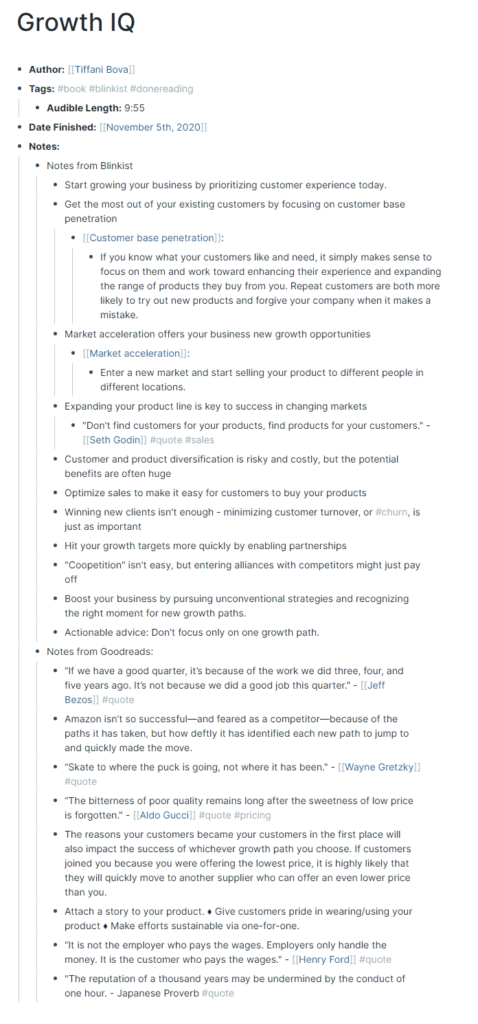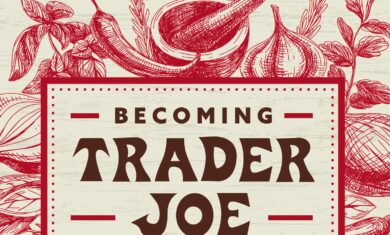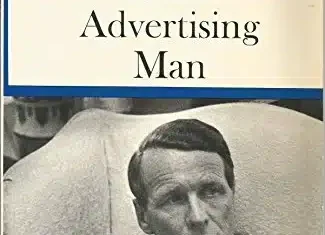Over the past year I’ve been trying to read a lot more. I’ve succeeded in reading quite a few books, but I’m also “semi-reading” quite a few more. Michael Simmons has coined this as Fractal Reading, and while I don’t follow his practice exactly, it’s pretty close.
Full books
First, there are some books that I simply know I want to read cover to cover. This includes things like Seth Godin’s new book The Practice, or the highly-acclaimed book Caste from Isabel Wilkerson. I buy the book on Amazon and read through it, taking notes along the way.
Other books
Blinkist
For most everything else, I start in Blinkist. Blinkist offers book summaries that are around 15 minutes each, giving a great overview of the book. As of now they have around 4,000 books in their system, and their subscription costs around $16/mo (after a free trial).
As I read through the book on Blinkist, I highlight any areas of interest. When I finish, I skim back through it again and copy my highlights and the “blink headings” into Roam Research.
This gives me a great overview of the book, and at this point I may decide to go read the full book. Either way, my next stop is over to Goodreads.
Goodreads
Among the other features that Goodreads has is a list of “quotes” (highlights) from other readers, sorted by the most highlighted items. This often gets some precise quotes and insights that Blinkist glossed over.
I copy those into Roam Research as well, and I now have a pretty good summary of the book, including quotes and references, and it’s only taken around 40 minutes.
Here’s a good example from “Growth IQ” that I recently read; you’ll notice the sections at the bottom for “Notes from Blinkist” and then “Notes from Goodreads”

Final steps
From here things can go a few directions:
- I might be done. If it was just an ok book, then I’ve got my highlights and overview, I learned a little bit, and I’m done.
- I might write about it. Many of the posts on this blog include notes and quotes from books, and many of those came out of this process.
- I might read the full book. If I find myself wanting more, my next move is to purchase the full book and dive in there.
I tend to subscribe to the advice of “don’t finish bad books”, but I usually come at it from the opposite direction. By following this process first, I rarely find myself in the middle of a “bad book”, and I’m able to get the overall ideas and concepts from many more books this way but still go deep on a full book when I want to.
Personally, my goal each day is to “Blink” one book, and then spend some time (which varies wildly) reading from whatever full books I’m working on. I don’t always hit both, but I often do and it’s working out quite well.
If you need more insight and guidance on how to make this happen, I cover my book/reading techniques quite a bit in my course on Roam Research, so I encourage you to check it out.





Thanks for this write-up. I’m following a somewhat similar path. I’ve found several sources for free book summaries (under 5 minute reads) that are great for seeing if I’m interested. I also have started zeroing in on audible summaries. I pretty much never read a full book if I haven’t previously read a summary. And now I have one more great source for some book summaries: Mickey Mellen! 🙂
I was publishing the full summaries for a while, and I might again later, but for now I’m just posting about scattered insights from the various books. Regardless, it’s a pretty useful shortcut!